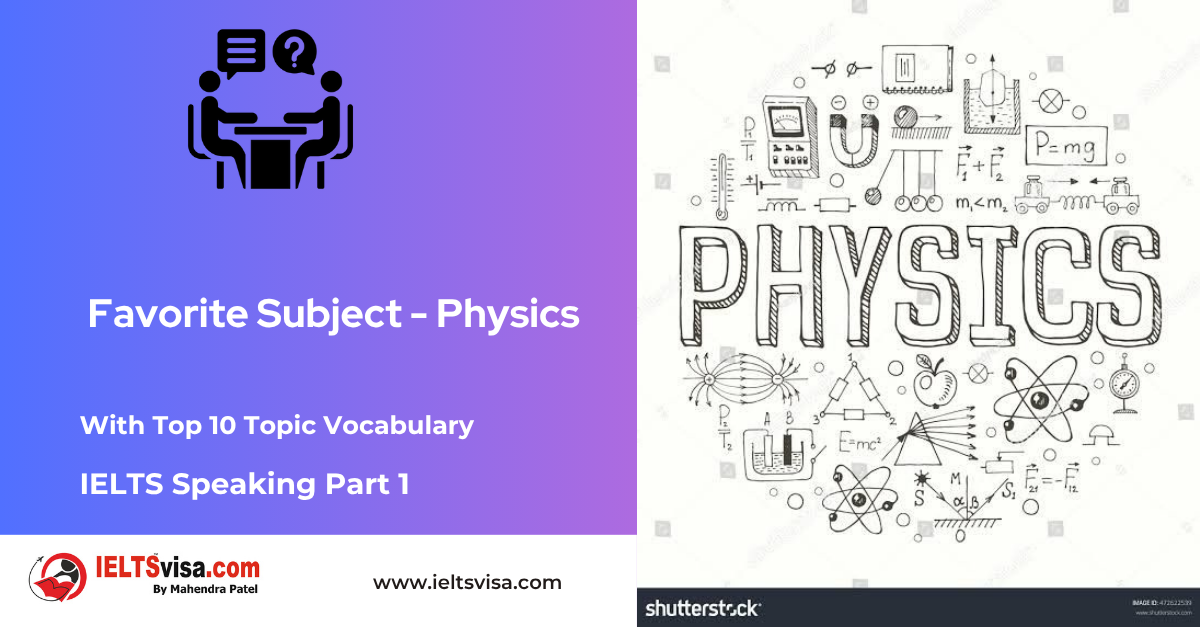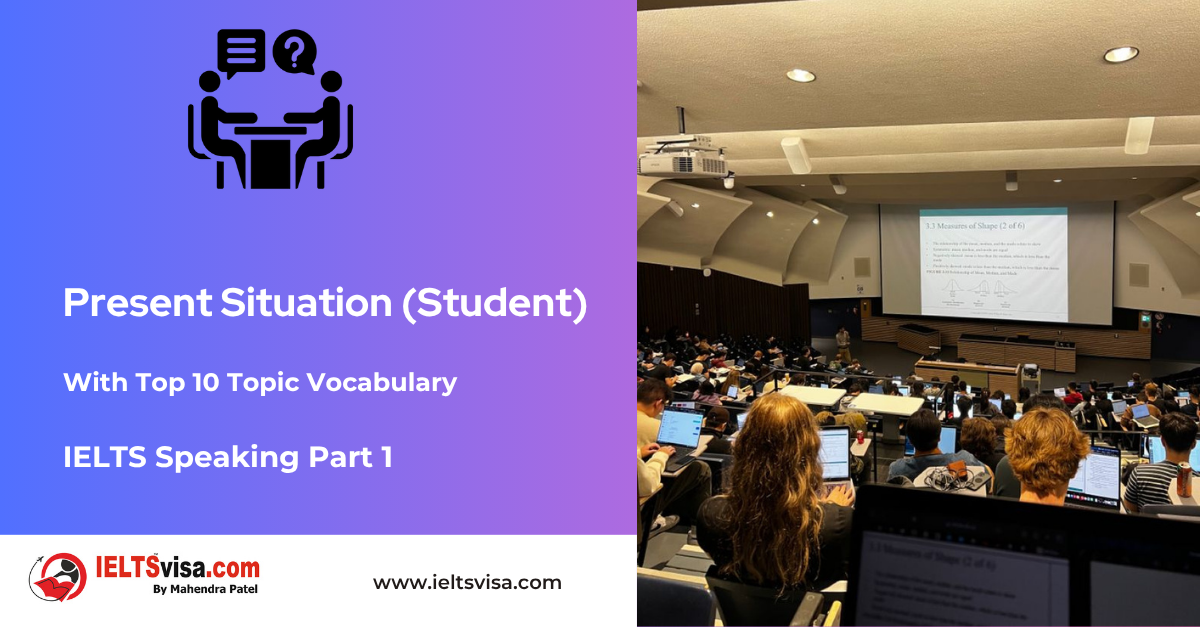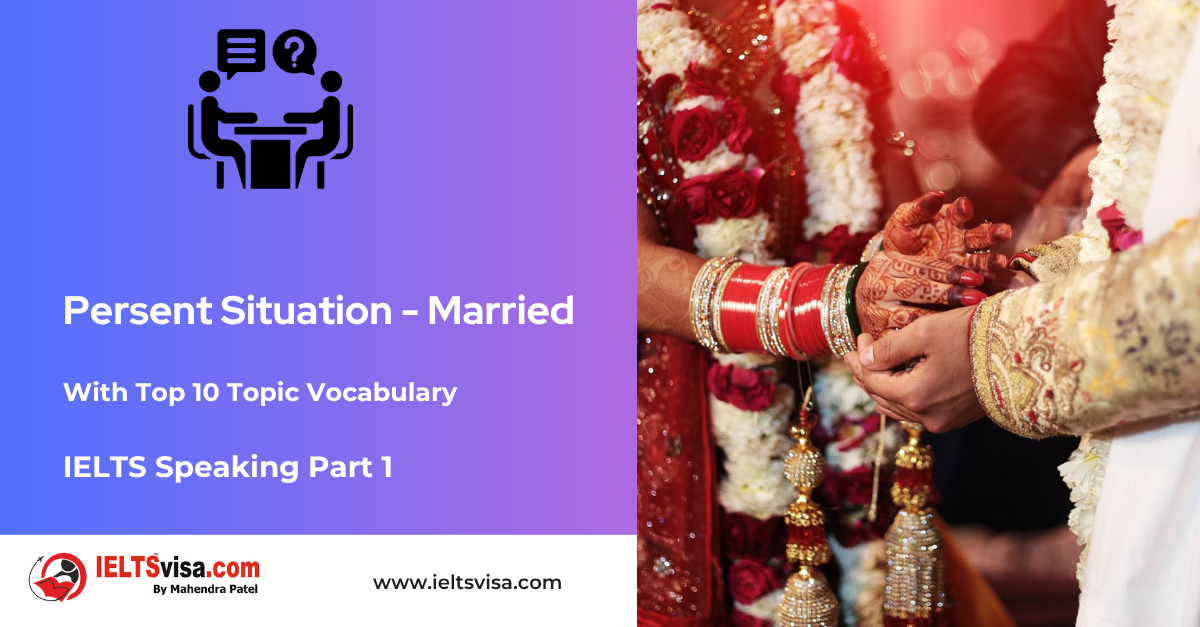Reflexive Pronouns
Grammar for IELTS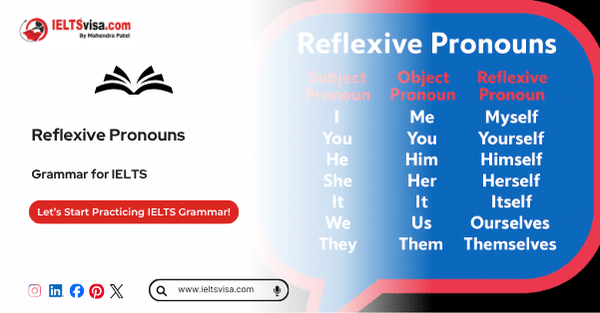
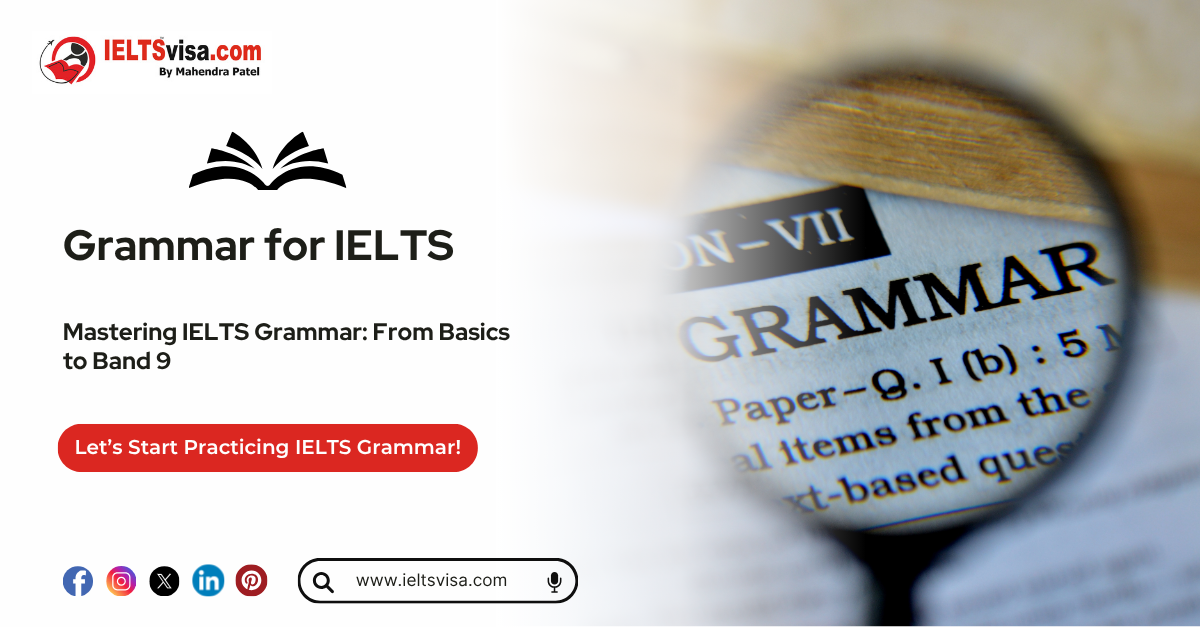
Reflexive Pronouns: Definition, Usage, and Examples
Reflexive pronouns are a fascinating part of English grammar, often used to reflect the action of the subject back upon itself. They help clarify the subject-object relationship and are a crucial component of sentences that emphasise self-directed actions. This article will guide you through their meaning, usage, and examples to help you use them effectively.
Table of Contents
1. What Are Reflexive Pronouns?
2. Definition of a Reflexive Pronoun
3. Examples of Reflexive Pronouns
4. How and When to Use Reflexive Pronouns
5. Common Errors with Reflexive Pronouns
6. Test Your Understanding of Reflexive Pronouns
7. Frequently Asked Questions on Reflexive Pronouns
What Are Reflexive Pronouns?
The term reflexive refers to actions that bend back or reflect on the subject. Reflexive pronouns are used when the subject and object of a sentence are the same. They ensure clarity and emphasise the subject’s role in the action.
Definition of a Reflexive Pronoun
According to the Collins Dictionary, a reflexive pronoun is “a pronoun such as ‘myself’ which refers back to the subject of a sentence or clause.” The Merriam-Webster Dictionary defines it as “a pronoun referring to the subject of the sentence, clause, or verbal phrase in which it stands.”
Examples of Reflexive Pronouns
Here is a list of personal pronouns and their corresponding reflexive forms:
|
Personal Pronoun |
Reflexive Pronoun |
|
I |
Myself |
|
You (singular) |
Yourself |
|
He |
Himself |
|
She |
Herself |
|
It |
Itself |
|
We |
Ourselves |
|
You (plural) |
Yourselves |
|
They |
Themselves |
|
One |
Oneself |
How and When to Use Reflexive Pronouns
Reflexive pronouns are used in specific contexts to enhance the clarity and emphasis of a sentence. Here are the primary uses:
1. When the Subject and Object Are the Same
Reflexive pronouns indicate that the subject performs the action of the verb upon itself.
-
- I taught myself how to code.
- She rewarded herself for her hard work.
2. To Add Emphasis
Reflexive pronouns emphasise that the action was performed without assistance or entirely by the subject.
-
- He fixed the car himself.
- The CEO herself announced the new policy.
3. As the Object of a Preposition
Reflexive pronouns are used after prepositions when the subject and the object are the same.
-
- They were talking among themselves.
- I am proud of myself.
4. For Clarity in Plural Subjects
Reflexive pronouns prevent ambiguity when referring to plural subjects.
-
- The students divided the tasks among themselves.
Common Errors with Reflexive Pronouns
Misusing reflexive pronouns can confuse your audience. Here are common mistakes and how to avoid them:
1. Using Reflexive Pronouns Without a Clear Subject
Incorrect: Myself will handle the situation.
Correct: I will handle the situation myself.
2. Replacing Subject Pronouns with Reflexive Pronouns
Incorrect: Himself went to the market.
Correct: He went to the market himself.
3. Using Reflexive Pronouns for Unnecessary Emphasis
Incorrect: The baby cried itself to sleep.
Correct: The baby cried to sleep.
Examples of Reflexive Pronouns in Sentences
Let’s explore how reflexive pronouns work in various contexts:
|
Context |
Example |
|
Subject = Object |
I made myself a sandwich. |
|
Emphasis |
She designed the dress herself. |
|
Object of Preposition |
He was talking to himself in the mirror. |
|
Clarity in Plural Subject |
The team congratulated themselves after the win. |
Test Your Understanding of Reflexive Pronouns
Fill in the blanks with the correct reflexive pronoun:
1. She looked at ________ in the mirror.
2. We built the treehouse all by ________.
3. The cat hurt ________ while jumping off the fence.
4. Did you do it all by ________?
5. They enjoyed ________ at the party.
Answers
1. Herself
2. Ourselves
3. Itself
4. Yourself
5. Themselves
Frequently Asked Questions on Reflexive Pronouns
Q1: What is a reflexive pronoun?
A reflexive pronoun refers back to the subject of the sentence and indicates that the subject and the object are the same.
Q2: What are the examples of reflexive pronouns?
Reflexive pronouns include myself, yourself, himself, herself, itself, ourselves, yourselves, themselves, and oneself.
Q3: How is a reflexive pronoun used?
Reflexive pronouns are used when the subject and object are the same, for emphasis, or as the object of a preposition.
Q4: Can reflexive pronouns be used for emphasis?
Yes, reflexive pronouns like himself, herself, and yourself are used to emphasise that the action was performed independently.
Q5: What is the difference between reflexive and emphatic pronouns?
Reflexive pronouns reflect the subject back upon itself, while emphatic pronouns are used solely to emphasise the subject. For example:
-
- Reflexive: He made dinner for himself.
- Emphatic: He himself made dinner.

Our Books
Master IELTS Speaking Part 1
IELTS Writing Task 1 Book
IELTS Writing Task 2 Book
Practice IELTS Other Modules
IELTS Listening
The IELTS Listening test assesses how well you can understand spoken English in various contexts. It lasts about 30 minutes and is divided into four sections with a total of 40 questions. The listening tasks become increasingly difficult as the test progresses.
IELTS Academic Reading
The IELTS Academic Reading section assesses your ability to understand and interpret a variety of texts in academic settings. It is designed to evaluate a range of reading skills, including skimming for gist, reading for main ideas, reading for detail, understanding inferences, and recognizing a writer's opinions and arguments.
IELTS Speaking
The IELTS Speaking test assesses your ability to communicate in English on everyday topics. It lasts 11-14 minutes and consists of three parts: introduction, cue card, and a discussion based on the cue card topic.
IELTS General Reading
IELTS General Reading tests your ability to understand and interpret various types of texts. Here are some key areas and types of content you can expect to encounter in the reading section, along with tips for effective preparation.
IELTS Academic Writing Task 1
In IELTS Academic Writing Task 1, you are presented with a visual representation of information, such as graphs, charts, tables, or diagrams, and you are required to summarize, compare, or explain the data in your own words.
IELTS General Writing Task 1
In IELTS General Writing Task 1, you are required to write a letter based on a given situation. The letter can be formal, semi-formal, or informal, depending on the prompt. Here’s a breakdown of the key components to include in your letter
IELTS Academic Writing Task 2
In IELTS Academic Writing Task 2, you are required to write an essay in response to a question or topic. Here’s a guide to help you understand the essential elements of this task
IELTS Exam Tips
To succeed in the IELTS exam, practice regularly, familiarize yourself with the test format, improve your vocabulary, develop time management skills, and take mock tests to build confidence.
Grammer for IELTS
Grammar is the foundation of effective communication in English. Understanding tense usage, subject-verb agreement, and sentence structure enhances clarity and coherence in writing and speaking.
Vocabulary for IELTS
Vocabulary plays a crucial role in the IELTS (International English Language Testing System) exam, especially in the Speaking and Writing sections. Here’s an overview of why vocabulary is important and how it impacts your performance
RECENT IELTS SAMPLES QUESTIONS AND ANSWERS
IELTS Speaking Part 1 – Favourite Sujbect – Physics
IELTS Speaking Part 1 - Favourite Sujbect - Physics Q: What is your favourite subject? A: My favourite subject...
IELTS Speaking Part 1 – Present Situation (Student)
IELTS Speaking Part 1 - Present Situation (Student) Q1: Are you a student or do you work?A: I’m a full-time...
IELTS Speaking Part 1 – Present Situation – Employee – as an International Student and Social Worker
IELTS Speaking Part 1 - Present Situation - Employee - as an International Student and Social Worker Q1: Are...
IELTS Speaking Part 1 – Persent Situation – Employee- as an Electric Engineer
IELTS Speaking Part 1 - Persent Situation - Employee- as an Electric Engineer Q1: What do you do for a...
IELTS Speaking Part 1 – Persent Situation – Employee – as an Software Engineer
IELTS Speaking Part 1 - Persent Situation - Employee - as an Software Engineer Q1: What do you do for a...
IELTS Speaking Part 1 – Persent Situation – Married
IELTS Speaking Part 1 - Persent Situation - Married Q1: Are you married?A: Yes, I am married. My spouse and I...

